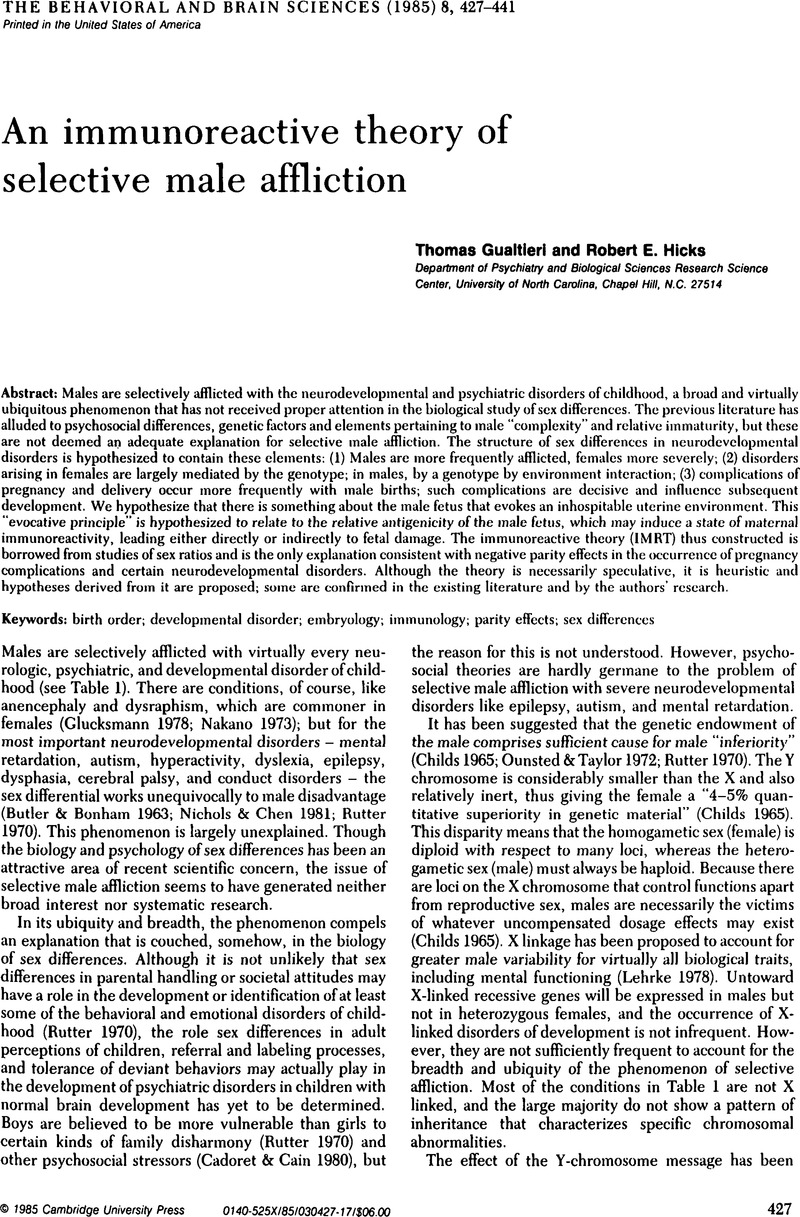Geschwind, N. &
Behan, P. (
1982)
Left-handedness: Association with immune disease, migraine and developmental learning disorder.
Proceedings of the National Academy of Sciences of the United States of America 79:
5097–
5100 [CPB, CEB, CG, taTG, KBH, ARS]
Google Scholar 